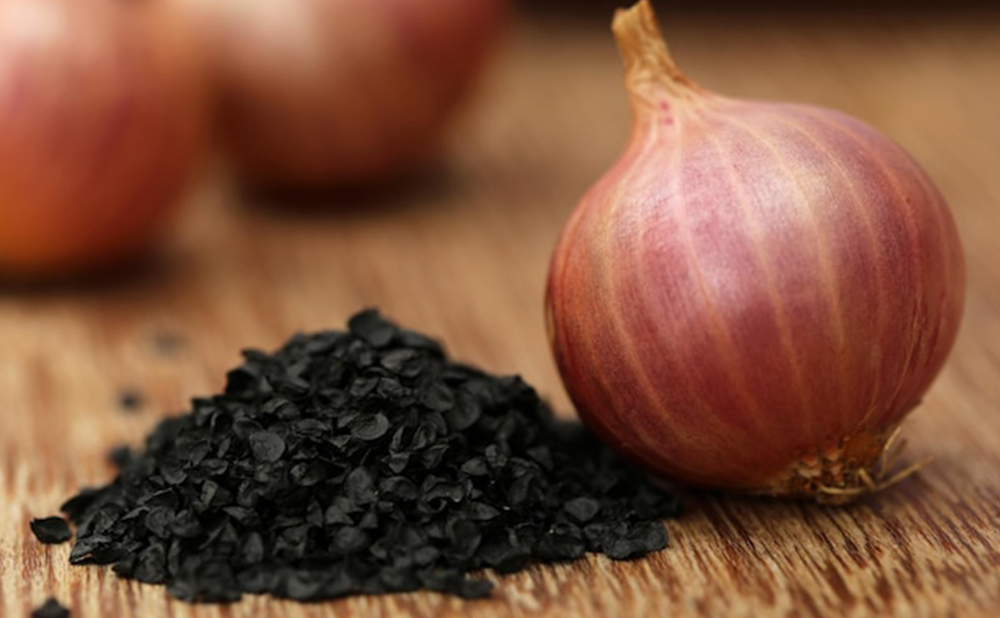
Feb 25, 2025
Growing onions is a rewarding yet challenging task that requires careful planning. One of the most important decisions in onion farming is selecting the right seeds. The choice of seeds directly affects germination rates, plant health, bulb size, and overall yield. Using high-quality seeds suited to your region’s climate and soil conditions can lead to a bountiful and profitable harvest.
Different varieties of onions thrive in specific environments, and factors such as day length, disease resistance, and seed quality play a crucial role in determining the final yield. Farmers and home gardeners must understand these aspects before making a purchase. In this guide, we will discuss the key factors to consider when choosing onion seeds, helping you make an informed decision that ensures a successful harvest.
Selecting the right onion seeds is essential for achieving a healthy crop and maximizing yield. Various factors, including environmental conditions, seed quality, and the purpose of cultivation, determine the success of onion farming. Below are the key considerations to help you make the best choice.
Onions require a specific amount of daylight to develop bulbs properly. Selecting the right type based on your region’s daylight hours is essential for achieving good growth. Short-day onions need around 10–12 hours of daylight and are best suited for warmer regions where winters are mild. Intermediate-day onions require 12–14 hours of daylight and perform well in temperate areas. Long-day onions thrive in northern regions with long summer days, needing at least 14–16 hours of daylight to form bulbs. Planting the wrong type for your location may result in small bulbs or delayed growth, affecting overall yield.
The quality of onion seeds plays a significant role in crop success. High-quality seeds have better germination rates, leading to uniform plant growth and higher yields. Always check for certified seeds that are free from diseases and have a germination rate of at least 80%. Poor-quality seeds may result in weak plants, uneven bulb formation, and low productivity. Additionally, proper seed storage conditions are important, as humidity and temperature fluctuations can reduce seed viability over time. Investing in premium-quality seeds ensures a strong and healthy crop from the start.
Onions are susceptible to several diseases that can reduce yield and crop quality. Common diseases include downy mildew, pink root, fusarium rot, and botrytis leaf blight. Choosing disease-resistant varieties minimizes the risk of infections, reducing the need for chemical treatments. Resistant seeds help maintain plant health, ensuring better growth and bulb formation. It is also essential to practice crop rotation and maintain good soil health to further prevent disease outbreaks. By selecting resistant onion varieties, farmers can achieve a more sustainable and profitable harvest.
The adaptability of onion varieties to specific climates and soil conditions is a crucial factor for successful cultivation. Some onions are more tolerant of heat and drought, while others perform better in cooler temperatures. Understanding the local climate and soil type helps in selecting the most suitable variety. Onions generally grow best in well-drained, loamy soil with good organic content. However, different varieties may have specific soil preferences. Sandy soil may require more irrigation, while clay soil needs proper aeration for root development. Selecting a variety suited to your soil type enhances plant growth and ensures better yields.
Different onion varieties have varying growth durations, and selecting the right one can impact your harvest schedule. Early-maturing onions take about 80–100 days to grow and are ideal for quick harvests. Mid-season onions mature within 100–120 days, offering a balance between growth time and yield. Late-maturing onions require over 120 days to develop but often produce larger bulbs and have a longer storage life. Farmers should select a maturity period that aligns with their harvesting plans and selling strategy to maximize profitability.
The intended use of the onions should guide seed selection. If onions are grown for fresh consumption, sweeter and milder varieties with softer flesh are a good choice. For storage purposes, firmer onions with lower moisture content are ideal, as they have a longer shelf life and resist spoilage. Farmers growing onions for commercial sales or processing should choose high-yielding varieties that meet market demands. Selecting the right variety based on the purpose of cultivation ensures better returns and helps in meeting specific customer needs.
Selecting the right onion seeds is the foundation of a successful harvest. Every stage of onion growth, from germination to bulb formation, depends on the quality and suitability of the seeds. Factors such as day-length requirement, seed quality, disease resistance, climate adaptability, growth duration, and purpose of cultivation must be carefully evaluated before making a decision. Using high-quality seeds that are well-suited to your region’s climate and soil conditions can lead to stronger plants, better yield, and reduced risks of disease or crop failure.
Additionally, choosing disease-resistant varieties helps minimize the need for chemical treatments, promoting healthier and more sustainable farming. Understanding the maturity period of different onion varieties ensures proper planning and harvesting at the right time. Whether growing onions for fresh consumption, storage, or commercial sale, selecting the most suitable variety will have a direct impact on overall profitability.
By making informed decisions when purchasing seeds, farmers and gardeners can improve their yield, maintain consistent quality, and maximize their return on investment. Investing in the right seeds today will lead to a more productive, disease-free, and profitable onion harvest in the future.